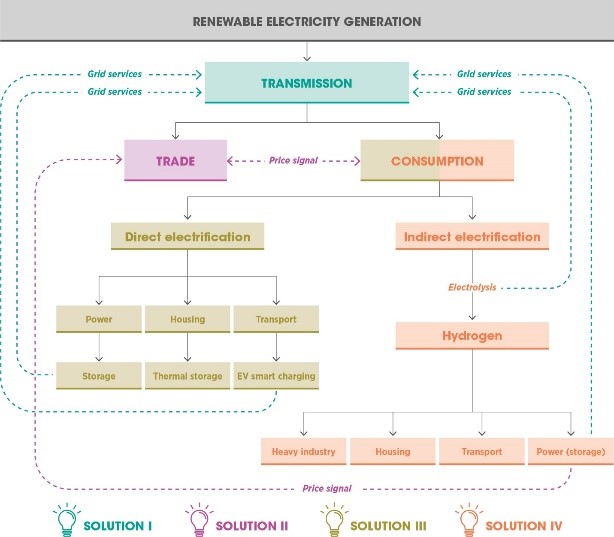
News facts
Sweden has set out to meet 100% of its electricity needs from renewable sources by 2040. With a highly decarbonised power system already in place, the country is well positioned to help the world meet crucial climate goals. In the meantime, Sweden itself needs innovative solutions to meet its ambitious 100% renewables policy goal.
The study from the International Renewable Energy Agency (IRENA), produced in consultation with the Swedish Energy Agency (Energimyndigheten), provides four tailor-made solutions to integrate high shares of renewables into the national power system. By showcasing Sweden’s case, the report also aims to strengthen international co-operation and inspire other countries to scale up their renewable power targets.
The proposed solutions combine key innovations in four broad dimensions – enabling technologies, business models, market design and system operation – to tackle different challenges in the power system value chain.
The study proposes four main solutions for the Swedish power system:
- Solution I: Providing innovative ancillary services from both conventional and variable renewable energy sources;
- Solution II: Gaining power system flexibility from the Pan-European market, based on effective collaboration among system operators;
- Solution III: Ensuring system-friendly integration of distributed energy resources;
- Solution IV: End-use decarbonisation via renewable-based electrification.

The analysis assesses of the likely impact of these solutions, advises on how to implement them, and highlights pilot projects that could be replicated in Sweden or elsewhere.
The study reflects the outcomes of four workshops held in 2019 among IRENA member countries, including several with experience in operating systems with very high shares of renewable power and others with similar policy objectives.